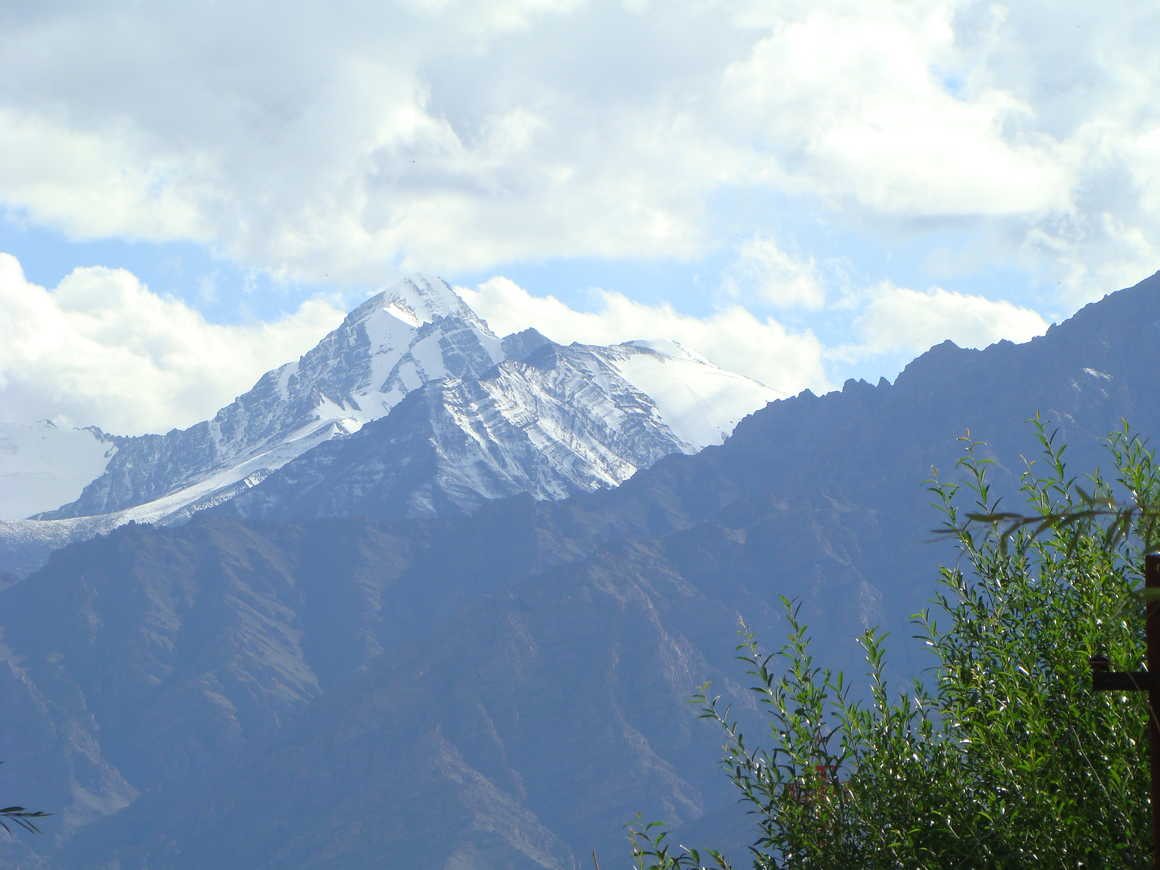Our Favourite Trekking Peaks in the Indian Himalaya
For those looking for a Himalayan adventure far from the
normal tourist trails, the lesser visited Indian Himalaya is the perfect
destination and in India, it doesn’t get any better than Ladakh. In our
opinion, trekking in northern India is the single best way to experience the
enormity of the landscapes and get up close and personal with the culture,
religion and traditions of the region.
We’ve put together a list of our favourite trekking peaks in
India that you absolutely MUST consider if you are an experienced trekker when
travelling in India.
1. Kang Yatse II (6,250m)
The trek up Kang Yatse II typically begins in the region’s
capital Leh, Ladakh, and weaves through the Markha valley,
passing through traditional villages along the way. The trek is 100% worth the
effort as the summit boasts breathtaking views of the Zanskar, Stock and
Karakoram massifs and in clear conditions it is even possible to see the K2 and
Nanga Parbat peaks in the far distance.
Despite requiring no technical mountaineering skills, this
trek is challenging enough to leave you feeling accomplished. It is a fairly
tough challenge and is only recommended to experienced trekkers as you must be
both mentally and physically prepared for it. Summit day will be the most
technically challenging as most of the day is spent on snow, which requires the
use of ropes and an expert guide.
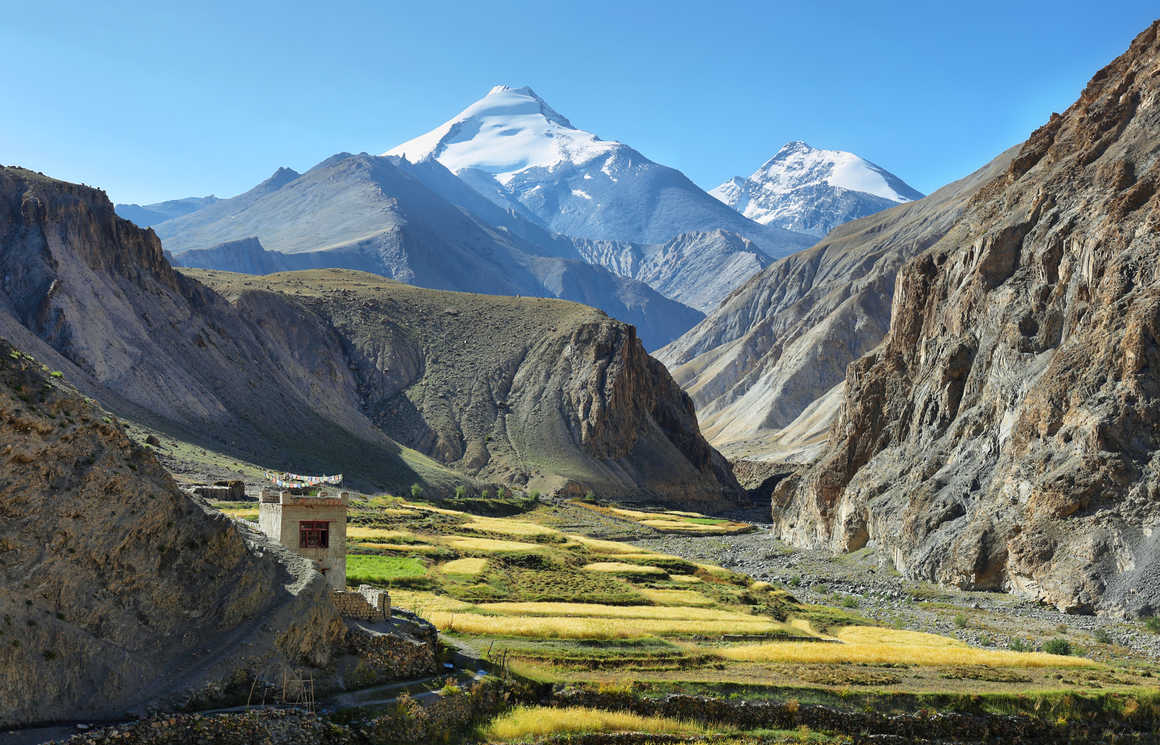
2. Mount Dzo Jongo (6218m)
Starting in Leh, this trek takes you through the
breathtaking landscapes of Ladakh. The summit of Mount Dzo Jongo remains hidden
until you reach basecamp, making you wonder whether the peak actually exists,
but what awaits you at the top is well worth it. Once at the summit, you will
be rewarded with views of the Kang Yatse peaks, Changthang Valley mountains and
Karakoram Range.
As a peak above 6,000m, it is hard to believe that not many
people are aware of this hidden gem. Mount Dzo Jongo is the perfect offbeat
trekking destination in the Markha Valley. It is mighty enough to prove a
challenge for adventure lovers yet requires no technical mountaineering skills,
meaning it is a great alternative to the Kang Yatse peaks.
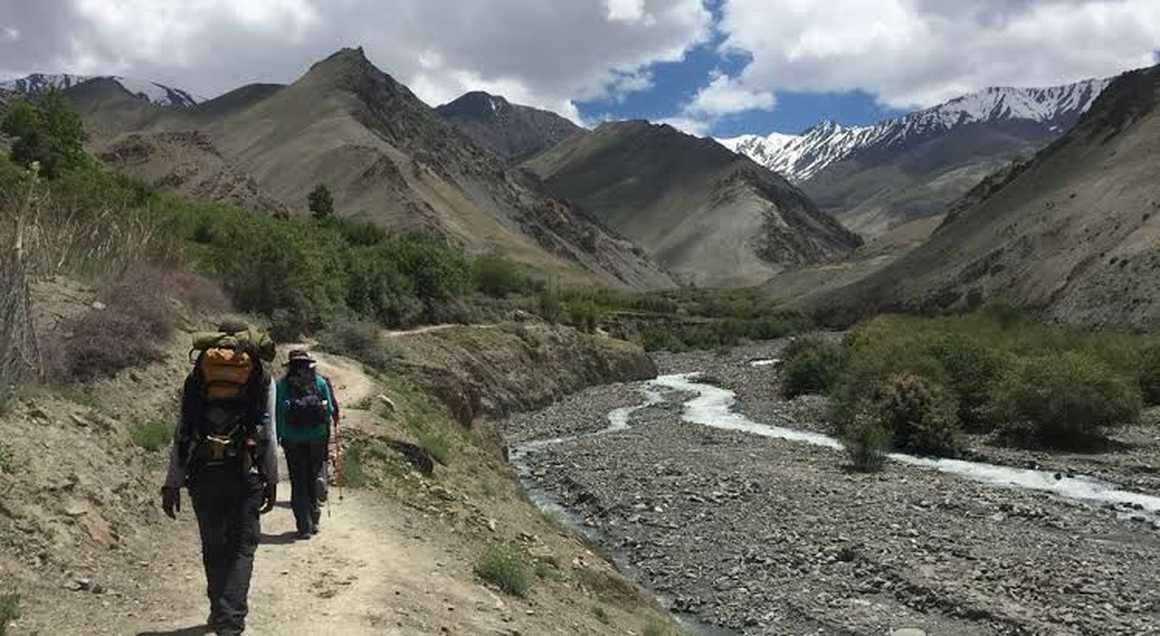
3. Mentok Kangri II (6,250m)
The trek to Mentok Kangri takes walkers through isolated
valleys, traditional villages and hilltop monasteries while offering
exceptional views of the surrounding landscape. The trek is a mix of walking up
icy slopes and crossing boulder fields dependent on the time of year. At the
summit, Mentok Kangri offers magical views of Chamser Kangri and Lungser Kangri
across the lake.
While the Mentok Kangri trek is easier that other
expeditions in the region, you will need to be an experienced trekker to take
on the challenge. The high altitudes during the trek mean that this trek will
prove a challenge to even the fittest trekkers. Tso Moriri and Mentok Kangri,
Ladakh is an exciting trekking destination and perfect way to view this remote
landscape and special part of the world.
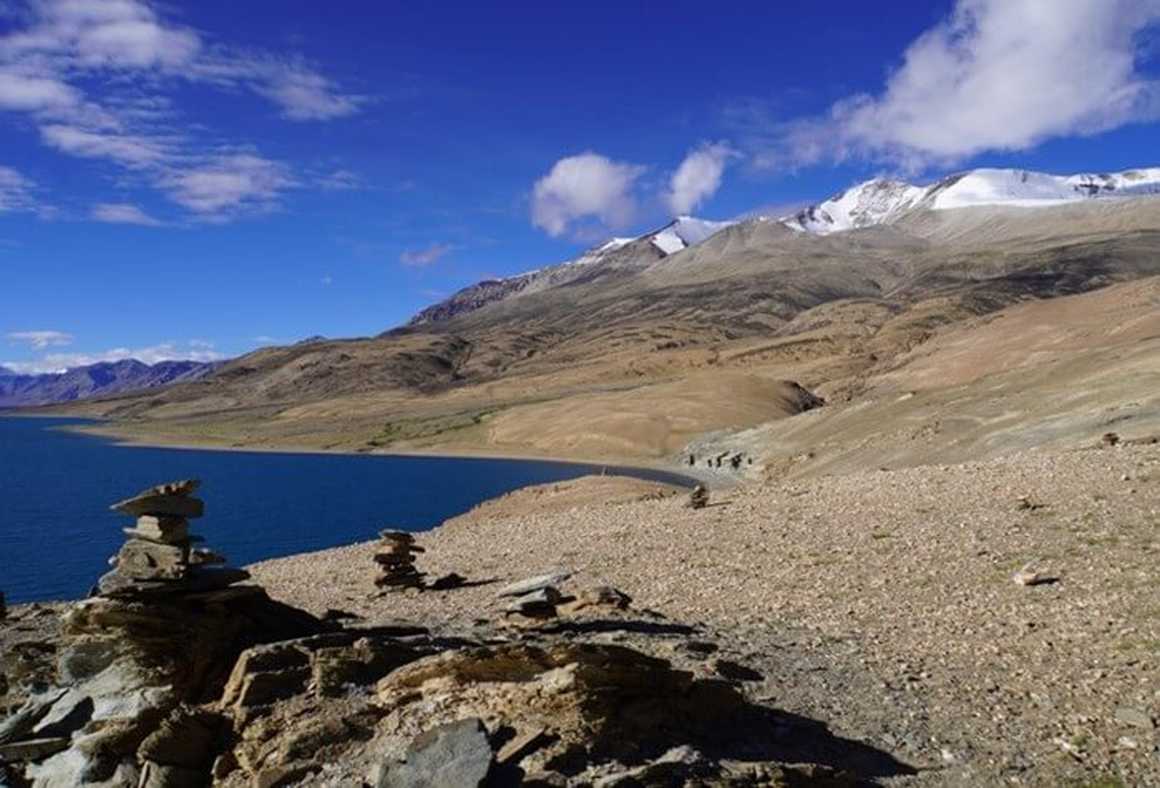
4. Chamser Kangri (6,620m) & Lungser Kangri (6,660m)
The journey to Chamser and Lungser Kangri typically begins
in Leh, Ladakh, and guides trekkers through the spectacular Markha Valley. The
trek takes you through traditional villages, isolated monasteries and across
grazing pasture lands while offering remarkable views of the surrounding
Himalayan mountains.
Both Chamser Kangri and Lungser Kangri are not technical peaks,
but the high altitude may prove a challenge to even the most seasoned trekkers,
making them must-do peaks for adventurers visiting the Ladakh region in India. Walking
and trekking expeditions to these peaks typically incorporate rest breaks to
allow hikers to acclimatise as best as possible.
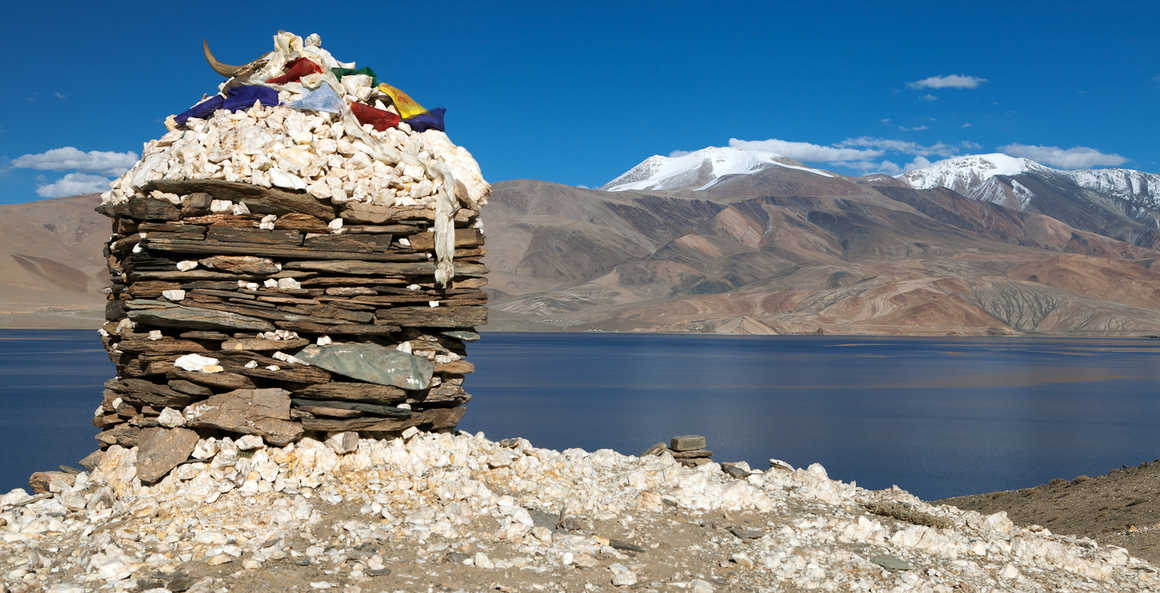
5. Stok Kangri
At 6,153m, Stok Kangri is the highest mountain in the Stok
Range of the Zaskar Mountains in the Ladakh region of Northern India. The peak
is clearly visible from Leh, the ancient capital of Ladakh and is considered a
relatively easy 6,000m+ peak in the Indian Himalaya, making it ideal practice
and training for higher mountains.
The Stok Kangri trek takes you through high altitude desert
and deep valleys, typical of the Ladakh region and the summit offers wonderous
views over the Karakoram and Zanskar ranges. The trek does not require
specialist mountaineering skills, although this is not to say Stok Kangri is
for beginners and prior mountain knowledge and experience would be very
helpful.
